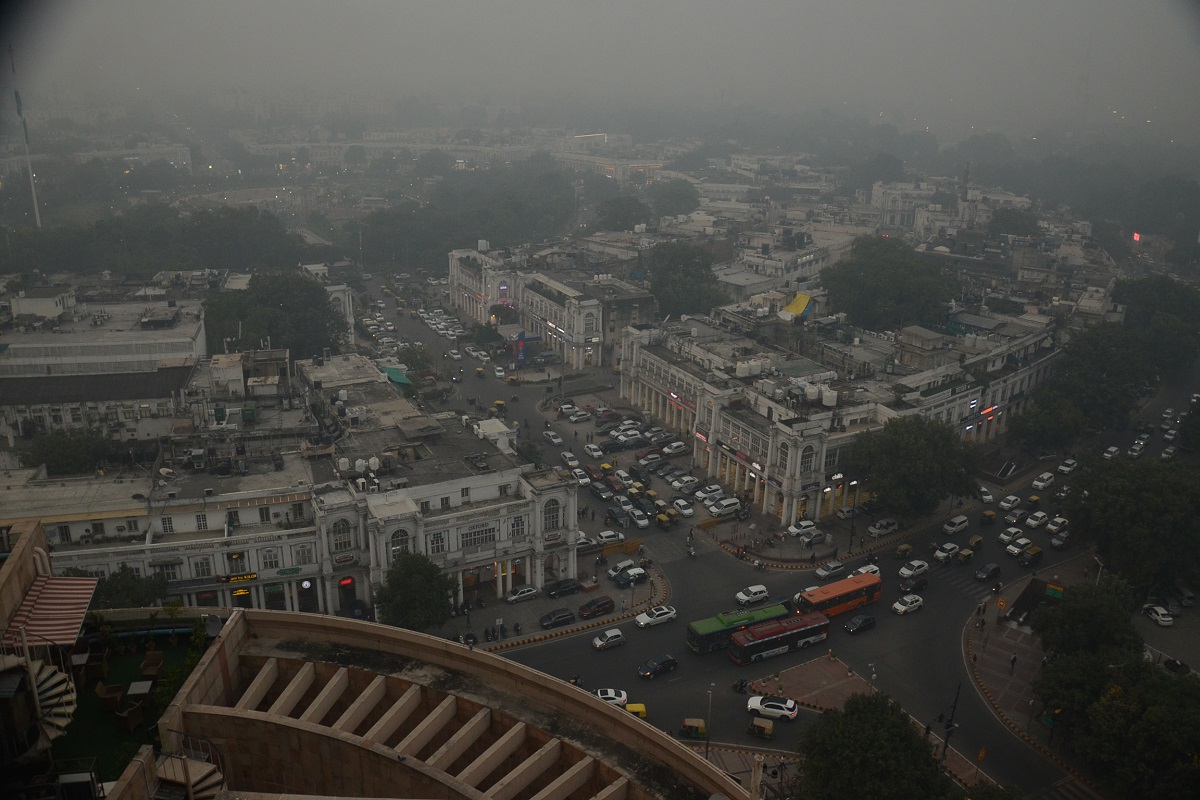The Centre held a high-level task force meeting on Friday to review the preparedness of various stakeholders to deal with the issue of adverse air quality in Delhi-NCR as the winter season approaches.
Dr PK Mishra, principal secretary to the prime minister, chaired the meeting on air pollution in Delhi-NCR at the Prime Minister’s Office (PMO).
During the meeting, Mishra discussed in detail about various measures being undertaken to reduce the impact of different sources of air pollution, including industrial pollution, vehicular pollution, dust from construction and demolition (C&D) activities, dust from roads and ROWs, burning of municipal solid waste (MSW), biomass and miscellaneous waste, agricultural stubble burning, and dispersed sources.
Greening and plantation initiatives to abate air pollution were also deliberated during the meeting.
Mishra also discussed the implementation of Graded Response Action Plan (GRAP), its monitoring and measures to improve its enforcement at the field level. He said strict implementation of the actions listed in the GRAP by all concerned is critical to prevent worsening of air quality.
Dr MM Kutty, chairman of CAQM, informed that NCR industries are being shifted to cleaner fuels and out of 240 industrial areas, as many as 211 have already been provided CNG connection. Similarly, out of 7,759 fuel-based industries, as many as 7,449 have shifted to PNG/approved fuels.
Kutty also briefed that there has been an increase in e-vehicles and presently 412,393 e-vehicles are registered in NCR. The number of e-buses and battery-charging stations has also increased and now there are 4,793 EV charging points in Delhi.
As regards, construction and demolition (C&D) waste management, the CAQM informed that 5 C&D waste processing facilities with the capacity of 5,150 tonnes per day (TPD) are operationalized and one more facility with 1,000 TPD capacity is in pipeline in Delhi. In Haryana, a C&D facility with 600 TPD capacity is operational and 700 TPD is in pipeline. In Uttar Pradesh, 1,300 TPD is operational and two facilities are in pipeline. All the states were requested to augment C&D waste-processing capacities.
In an effort to ensure reduction of the paddy stubble burning across Punjab, Haryana and Uttar Pradesh, the principal secretary to the PM instructed close monitoring of the issue by the chief secretaries of the three states. He advised the in-situ management of paddy stubble through crop residue management (CRM) machines, and use of bio-decomposers.
He also advised the Indian Council of Agriculture Research (ICAR) to improve the technology. Elaborating on ex-situ management of paddy stubble, he advised working on developing economic use of paddy straw. He stressed on developing adequate storage facilities for baled straw along with infrastructure for baling, briquetting, pelleting, etc for effective ex-situ utilization of paddy straw. Further, strict adherence to the stipulated targets for co-firing of biomass, with focus on paddy straw, in the thermal power plants biomass was also discussed.
During the discussion, Mishra emphasized on a multi-pronged approach comprising several measures, such as procurement of biomass pellets, adopting the benchmark price issued by the Union power ministry, expanding gas infrastructure and supply in the entire NCR region by March 2024, and ensuring expeditious supply of biomass on demand.
He further said there should be intensified drives to replace overaged vehicles, vehicles which are visibly polluting because of overloading and other reasons, and stricter implementation of actions envisaged in the GRAP by all concerned.












